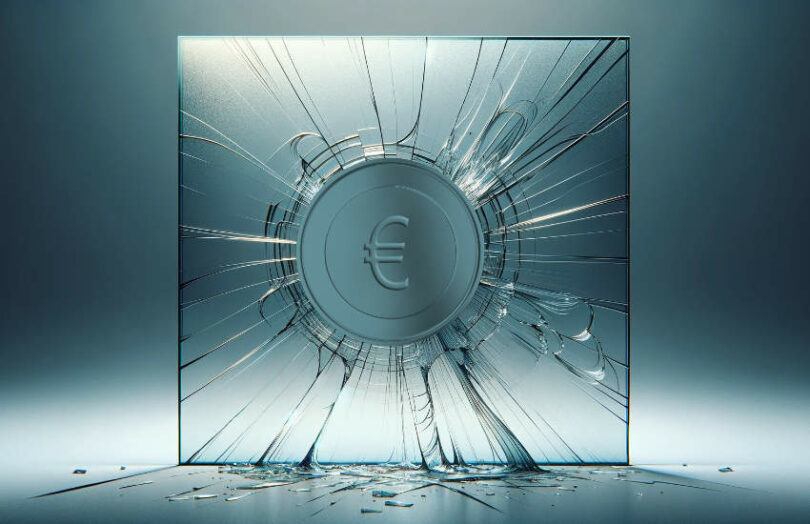A report published by Copenhagen Economics in late December found a digital euro could negatively impact economic activity in the EU, permanently reducing GDP by 0.12 to 0.34%. With a €3,000 holding limit, a central bank digital currency (CBDC) could result in up to €739 billion in deposit outflows from banks if there were 100% take up.
That could cost banks €20.4 billion a year in additional funding costs, resulting in them passing on higher lending charges. It’s the impact on lending that is reflected in the GDP figures.
The Copenhagen Economics research was commissioned by the European Banking Federation, which briefed it to explore the impact of a digital euro on financial stability and consumer welfare.
Last March a German survey found that if every person converted €3,000 to the CBDC, only 56 of 714 institutions would meet legally required liquidity buffers. In contrast, with a €500 holding limit, only 18 institutions would have trouble.
The recent Copenhagen report analyzes the impact of various holding limits and levels of take up. For example, a €3,000 holding limit with a 40% take up (versus 100%) would result in banks incurring €8.8 billion in extra funding costs rather than €20.4 billion. If the holding limit were lower, such as €500, with 100% take up this would cost banks €3.8 billion. These figures assume wholesale funding rates are 3% higher than deposits.
The digital euro particularly impacts smaller banks
Like the German survey, Copenhagen found that the digital euro will significantly impact smaller banks. That’s partly because they are more reliant on deposits for funding. The highest €739 billion outflow represents 10% of the household deposit base but 3% of total bank liabilities. However, for smaller banks, it would represent 7% of total bank liabilities.
However, the report also acknowledges that a high take up of the digital euro – on which all the worst case GDP scenarios are based – assumes that consumers will perceive a significant added value in using a CBDC over and above existing payment mechanisms. The authors are doubtful that this will be the perception.
The increase in funding costs for banks is just one of the financial impacts. Banks will lose some income on payment services. Additionally, there will be further customer support and compliance costs. Plus, all payment service providers (PSPs), including banks, will have to shoulder a total one off cost of €3.6 to 6.8 billion to implement the digital euro, according to the European Commission.
Merchants will also incur costs for upgrading their point of sale hardware, ranging from €0.5 billion to €14 billion. Copenhagen reckons the more uniform the additional costs across merchants and PSPs, the more likely they will pass these costs on to consumers.
Meanwhile, the European Central Bank recently issued calls for vendors for five pieces of digital euro work that will cost up to €1.1 billion.






